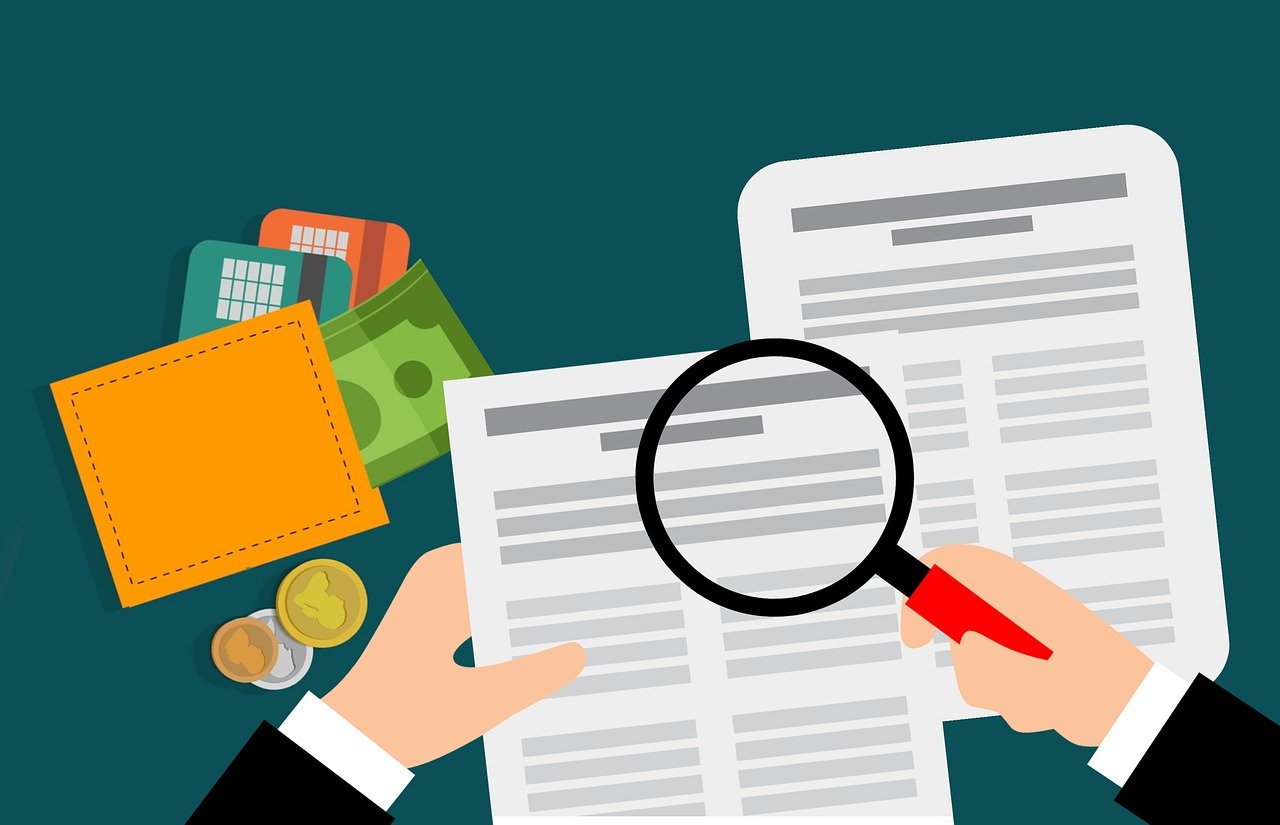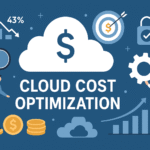Data fabric is an architecture that helps give up to cease integration of various statistics pipelines and cloud environments thru using intelligent and automated structures.
Over remaining decade traits inside hybrid cloud synthetic intelligence internet of factors (IoT) & area computing have caused exponential boom of huge statistics growing even more complexity for businesses to manage. This has made unification and governance of data environments an growing precedence as this growth has created significant challenges which includes information silos security risks & preferred bottlenecks to decision making.
Data control teams are addressing those challenges head on with information fabric solutions. They are leveraging them to unify their disparate facts systems embed governance support security and privacy measures & provide extra statistics accessibility to workers specifically their business customers.
These data integration efforts thru information fabric permit for extra holistic facts centric choice making. Historically an agency may have had exclusive data systems aligned to particular traces of commercial enterprise. For example you would possibly have HR data platform supply chain records platform & customer facts platform which residence information in one of kind and separate environments in spite of capability overlaps. However facts fabric can allow decision makers to view this information extra cohesively to better recognize client lifecycle making connections between information that didnt exist before.

By ultimate these gaps in understanding of clients merchandise and processes information fabrics are accelerating digital transformation and automation tasks throughout corporations.
Data virtualization is one of technology that permits records material technique. Rather than bodily transferring records from various on premises and cloud resources usage of standard ETL (extract remodel load) strategies facts virtualization device connects to specific assets integrating most effective metadata required and creating digital records layer. This permits customers to leverage source statistics in actual time.
Data cloth structure
By leveraging facts offerings and APIs records fabrics pull together statistics from legacy systems statistics lakes data warehouses sq. Databases & apps providing holistic view into commercial enterprise performance. In evaluation to those person facts garage systems it ambitions to create greater fluidity across data environments trying to counteract problem of facts gravity—i.E. concept that statistics will become more difficult to move as it grows in length. records fabric abstracts away technological complexities engaged for information movement transformation and integration making all statistics to be had throughout agency.
Data fabric architectures operate across concept of loosely coupling information in structures with packages that need it. One example of statistics cloth architecture in multi cloud environment may look like under wherein one cloud like AWS manages information ingestion and any other platform which include Azure oversees facts transformation and consumption. Then you might have third vendor like IBM Cloud Pak® for Data supplying analytical offerings. statistics fabric architecture stitches these environments collectively to create unified view of facts.
That said that is simply one example. There isnt one single facts structure for facts fabric as extraordinary corporations have specific needs. numerous number of cloud providers and records infrastructure implementations make certain variant across organizations. However groups using this kind of facts framework show off commonalities across their architectures that are particular to records material. More in particular they have six essential components which Forrester describes within “Enterprise Data Fabric Enables DataOps” file. These six layers encompass subsequent:
- Data Management layer: This is chargeable for records governance and safety of records.
- Data Ingestion Layer: This layer begins to sew cloud statistics together locating connections among dependent and unstructured information.
- Data Processing: facts processing layer refines facts to make sure that only applicable data is surfaced for statistics extraction.
- Data Orchestration: This essential layer conducts number of most vital jobs for information material—transforming integrating & cleaning records making it usable for groups throughout commercial enterprise.
- Data Discovery: This layer surfaces new opportunities to integrate disparate statistics assets. For instance it might locate methods to attach records in supply chain data mart and client courting control statistics gadget permitting new possibilities for product offers to clients or approaches to enhance client satisfaction.
- Data Access: This layer lets in for intake of facts making sure proper permissions for sure groups to comply with government guidelines. Additionally this deposit helps surface applicable facts thru using dashboards and other records visualization gear.
Advantages of statistics fabric architectures
As records material providers advantage greater adoption from businesses within marketplace Gartner has noted specific enhancements in efficiency touting that it is able to reduce “time for integration layout by 30% deployment by 30% & preservation by way of 70%.” While its clean that statistics fabrics can enhance normal productiveness subsequent benefits have additionally proven enterprise price for adopters:
- Intelligent integration: Data fabrics make use of semantic understanding graphs metadata control & machine mastering to unify facts throughout diverse data types and endpoints. This aids data control teams in clustering associated datasets together as well as integrating internet new data assets into enterprises facts surroundings. This capability automates elements of facts workload control leading to aforementioned performance gains however it additionally enables to eliminate silos across information systems centralize facts governance practices & enhance typical information best.
- Democratization of information: Data cloth architectures facilitates self carrier packages broadening get right of entry to of data beyond extra technical sources such as information engineers builders & facts analytics groups. reduction of facts bottlenecks sooner or later fosters extra productiveness enabling enterprise users to make quicker commercial enterprise selections and by freeing up technical customers to prioritize responsibilities that better make use of their skillsets.
- Better statistics protection: broadening of records access additionally doesnt imply compromising on data security and privacy measures. In truth it method that extra information governance guardrails are put into location around access controls ensuring precise records is best to be had to certain roles. Data cloth architectures also allow technical and security teams to put in force records overlaying and encryption round sensitive and proprietary records mitigating dangers around facts sharing and system breaches.
Use instances of data fabric

Data fabric are nevertheless in their infancy in phrases of adoption but their records integration talents aid groups in facts discovery permitting them to take on numerous use instances. While use cases that statistics cloth can manage wont be extraordinarily one of kind from other facts merchandise it differentiates itself by means of scope and scale that it could take care of as it removes data silos. By integrating throughout various data resources groups and their information scientists can create holistic view in their customers which has been specially helpful with banking clients.
The key characteristics of facts material consist of:
- Logical Data Integration: Providing unified logical view of statistics throughout disparate sources with out physically shifting or replicating information.
- Adaptive and Intelligent: Leveraging superior analytics and device gaining knowledge of to dynamically adapt to converting data requirements and user needs.
- Distributed and Federated: Designed to function in dispensed and federated surroundings with statistics closing in its original vicinity.
- Automated Governance and Security: Embedding facts governance and safety controls in course of records fabric to ensure compliance and statistics protection.
Differentiating Data Fabric from Other Approaches
Data fabric differs from conventional facts control tactics inclusive of statistics warehousing statistics lakes & corporation facts hubs in numerous approaches:
- Focus on Logical Integration: Rather than bodily consolidating facts statistics cloth specializes in providing logical unified view of facts across distributed resources.
- Adaptive and Intelligent: Data cloth leverages advanced analytics and machine learning to continuously optimize statistics integration and management strategies.
- Distributed and Federated: Data fabric is designed to operate in distributed and federated environment allowing records to remain in its original area.
- Holistic Data Governance: Data material embeds statistics governance and safety controls for duration of structure making sure regular data control policies.
Core Components of Data Fabric
A data cloth commonly accommodates following key components:
Data Virtualization
Data virtualization gives unified logical view of statistics throughout disparate resources allowing users to get right of entry to and query data without bodily moving or copying it.
Metadata Management
Comprehensive metadata management is important for information fabric enabling tracking agency & understanding of statistics property @ some point of their lifecycle.
Intelligent Data Orchestration
Intelligent data orchestration automates go with flow of records across environment making sure timely shipping of proper statistics to proper customers or programs.
Adaptive Data Governance
Adaptive information governance embeds information guidelines safety controls & compliance measures for duration of records cloth making sure regular facts control practices.
Benefits of Implementing Data Fabric

Data material enhances facts accessibility with aid of offering unified logical view of statistics enabling users to quick find and access statistics they need.
By adapting to converting facts necessities and person needs statistics fabric empowers businesses to reply to market shifts and emerging opportunities more efficaciously.
Data fabrics incorporated statistics governance and protection controls help make sure statistics privateness safety & compliance with regulatory requirements.
Timely get right of entry to to accurate integrated records through data fabric enables organizations to make more knowledgeable facts driven choices.
Real World Adoption and Use Cases
A leading international bank implemented information fabric solution to conquer constraints of its legacy information architecture. By unifying facts throughout multiple structures bank improved statistics accessibility more suitable hazard evaluation skills & elevated improvement of latest purchaser centric products and services.
A major retail chain leveraged information material method to combine patron data from numerous touchpoints which includes online in keep & cell interactions. This enabled employer to benefit 360 degree view of its clients personalize buying enjoy & optimize inventory control.
Challenges and Considerations
Implementing facts material may be complex and useful resource extensive mission requiring integration of diverse technologies records resources & legacy structures.
Successful facts cloth implementation requires holistic method that addresses organizational lifestyle strategies & skill sets to drive adoption and attractiveness.
Maintaining records fine and making sure strong facts safety and privateness controls are critical considerations when deploying facts cloth.
Future of Data Fabric

As records fabric keeps to adapt emerging traits encompass mixing of advanced analytics use of aspect computing for actual time insights & incorporation of self restoration and self studying talents.
Artificial Intelligence (AI) and Machine Learning (ML) will play an more and more pivotal position in facts material allowing clever facts orchestration automatic facts governance & predictive insights.
Data material should usually adapt to dynamic data landscape accommodating new statistics sources formats & technologies to hold its relevance and effectiveness.
As businesses grapple with challenges of unexpectedly evolving facts panorama records material method gives transformative solution. By seamlessly integrating facts across agency records material empowers groups to unlock full potential in their information belongings and pressure informed choice making.
Embracing information material vision requires well deliberate phased method that addresses technical organizational & governance related factors of implementation. By following strategic roadmap and partnering with experienced records control experts companies can navigate complexities of facts cloth and reap its tremendous advantages.








3 thoughts on “Data Fabric: Future of Integrated Data Management”